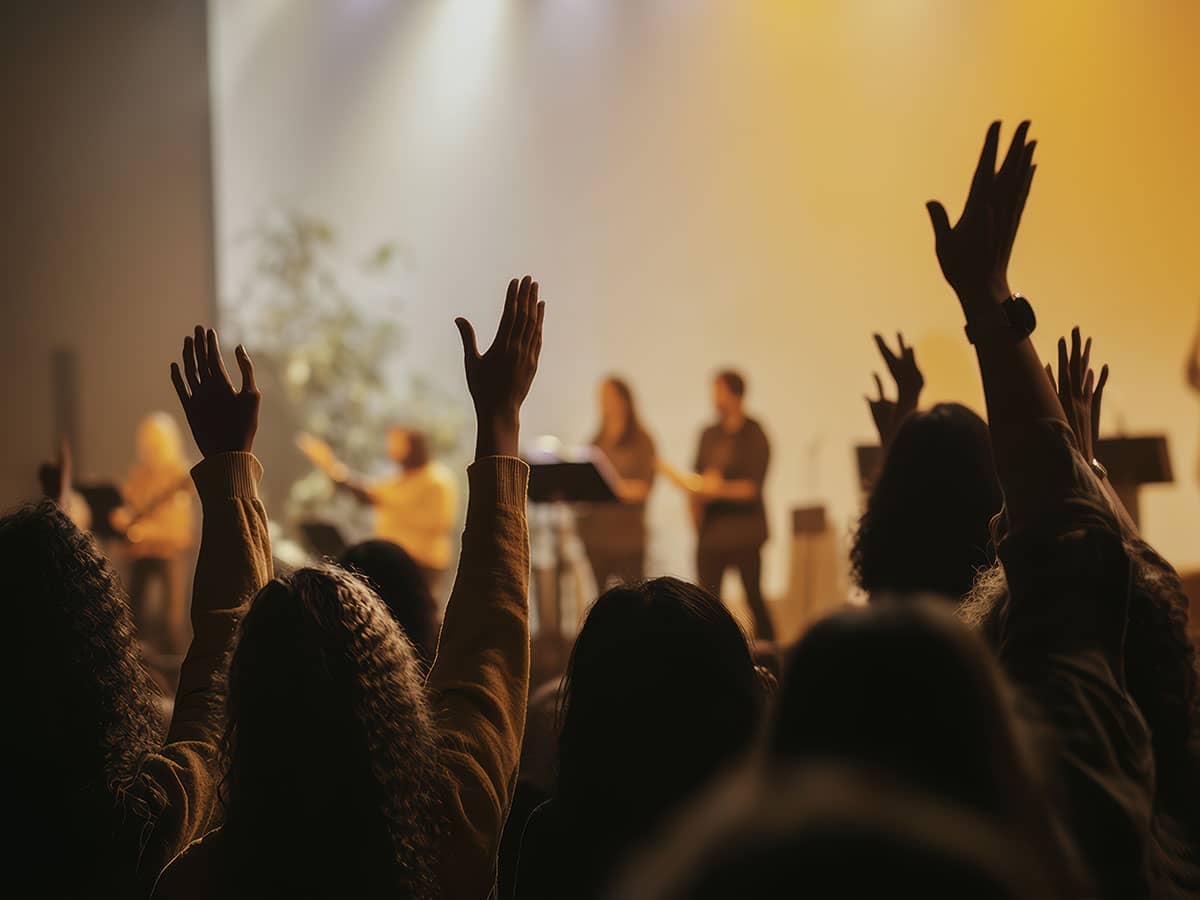
The voice of autumn speaks in a susurrus of leaves, its breath cool and dry and full of change. It is the winding down of the year, a time of both harvest and of death. More than any other season, people feel a spiritual connection to fall. They feel that they are closer, for a time, to something unnamable and immutable. And indeed, they are.
Each year, as the Earth completes its annual journey around the sun, the balance between night and day shifts. Because the Earth is tilted, and maintains that tilt, the sun’s light doesn’t hit the surface of the planet evenly—when the northern hemisphere is tilted toward the sun, summer’s heat reigns, and the days are longer. When the southern half of Earth is tilted away from the sun, catching its light at an angle, winter arrives, and the days become shorter. When the reverse is true, the seasons reverse as well. It is only twice a year that the Earth is evenly struck by sunlight. These moments are called the equinoxes.
The first equinox of the year is the Spring Equinox, after which the days begin to lengthen, culminating in the summer solstice—the longest day of the year. After this, the daylight hours begin to decline until, finally, we reach the autumnal equinox, which then leads into the shortest day of the year, the winter solstice.
But this is only the physical, the surface of what the autumnal equinox is—the outer, celestial journey mirrors an inner, universal, and very spiritual journey. To think of the Equinoxes and Solstices in terms of a life, the year is “born” on the winter solstice, matures at the spring equinox, and reaches the prime of life at the summer solstice. The autumnal equinox marks the descent into old age, and, finally, the moment of the winter solstice marks simultaneous death and rebirth, starting the cycle anew.
Autumn holds a spiritually unique place. Many mistake the mystery and decline that surrounds and follows the autumn equinox for darkness and evil, but in reality, it is about endings—a very natural thing. Every journey must find its end, and fall is the bittersweet embodiment of this.
The physical death and darkness experienced by the land as we approach winter represents something else, as well. It is the external embodiment of the darkness all people contain within themselves—everyone is a blend of day and night, good and evil.
But there comes a time when the night must be braved, when the darkness must be faced. Many ancient cultures—India, Egypt, Sumer, Greece, Mexico, Peru, and so on, harbored groups which understood this spiritual journey well, seeing their inner lives reflected in the heavens. These cultures erected ancient monuments that aligned with the solstices and equinoxes, marking each stage in the spiritual journey—including the autumn descent into one’s own inner darkness.
Darkness exists in all of us—we are flawed, imperfect human beings, after all. Darkness, ignored, grows and takes over like a cancer—it is only when it is dragged into the light that we can overcome it. Autumn is the time to face this darkness, a physical reminder of that which we must cull within ourselves.
Fall, paradoxically, is a time of simultaneous bounty and withering; crops are harvested, even as the natural world begins to fade. If we make sure to align ourselves to the progression of the seasons, fall serves much the same purpose, but on a spiritual level. Consider, as autumn sets in, the areas of your life that need to be let go of, consider what no longer serves you, gets in your way, and needs to wither.
At the same time, consider the dream-seeds that you planted at the beginning of the year, and that have been steadily growing. Allow those dreams—that bountiful harvest—to be reaped. Enjoy them as you replace those parts of yourself which do you no good. For example, perhaps you wish to be more assertive. At the beginning of the year, maybe you decided that you would be, and perhaps you studied how to be a more assertive person throughout the year. Fall is the time to then allow the fearful part of you to fall away and be replaced by confidence. Come the winter solstice, you will be born anew, and this will be a part of you.
How can we get in touch with the spiritual side of autumn in our contemporary age? By being mindful and being present. Turn off your devices and simply take a walk. Make your pilgrimage of leaves, being mindful of the color of sky and grass and leaf and stone, of the feel of the air, of the scents and textures and sights all around you. As you do so, ask yourself, "What do I need to release? What are my burdens?". Pay attention to what nature is doing around you—after all, everything has a purpose, including the changing of the seasons. They remind us to keep changing, to not allow ourselves to become stagnant.
Remember—we all have leaves, of a sort. For a time, they gather energy unto us, but at a certain point, they no longer serve us. They lose their chlorophyll, turn brown, wither, and must be released. As you watch those earthly leaves fall to the ground to nourish the next generation of nature, consider your own leaves. Are you letting them go? Or are you hanging on to the dead?
Take the time to connect to the world around you this fall. Don't let its significance pass you by. It's easy, in our loud, busy world, to allow that to happen. By reconnecting with the seasons, you'll find yourself renewed and reborn each year, better and better than you were before. So allow yourself to open to the spiritual possibilities of fall as you enjoy that crisp air, and listen to the whispering voice of the leaves. They may just have great wisdom to impart to you.

